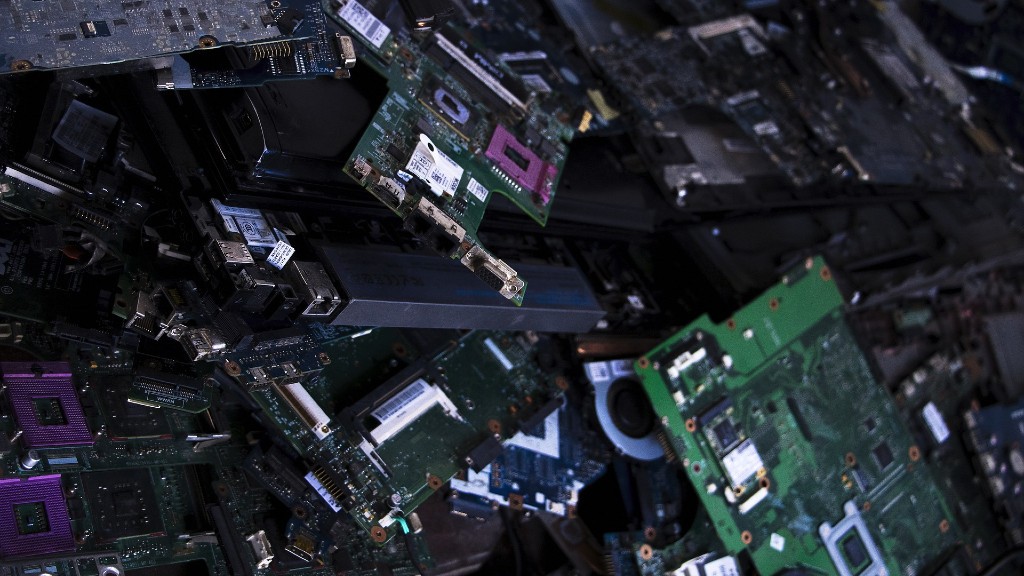When Geoffrey Coates, a professor of chemistry and chemical biology at New York's Cornell University, gives a talk about plastics and recycling, he usually opens with the following question: What percentage of the 78 million tons of plastic used for packaging – for example, a 2-litre bottle or a take-out food container – actually gets recycled and re-used in a similar way? The answer, just 2 percent. Sadly, nearly a third is leaked into the environment, around 14 percent is used in incineration and/or energy recovery, and a whopping 40 percent winds up in landfills.
One of the problems: Polyethylene (PE) and polypropylene (PP), which account for two-thirds of the world’s plastics, have different chemical structures and thus cannot be repurposed together. Or, at least, an efficient technology to meld these two materials into one hasn’t been available in the 60 years they’ve both been on the market. That could change with the latest discovery out of Coates’ lab. He and his group have collaborated with a group from the University of Minnesota to develop a multi-block polymer that, when added in small measure to a mix of the two otherwise incompatible materials, create a new and mechanically tough polymer.
The two groups’ work is detailed in a paper, “Combining polyethylene and polypropylene: Enhanced performance with PE/iPP multi-block polymers,” published online February 23 in Science magazine. James Eagan, a postdoctoral researcher in Coates’ group, is lead author of the paper. Other collaborators included researcher Anne LaPointe and former visiting scientist Rocco DiGirolamo. Scientists for years have tried to develop a polymer that does what Coates, LaPointe and Eagan have achieved. By adding a miniscule amount of their tetra-block (four-block) polymer – with alternating polyethylene and polypropylene segments – the resultant material has strength superior to di-block (two-block) polymers they tested. In their test, two strips of plastic were welded together using different multi-block polymers as adhesives, then mechanically pulled apart. While the welds made with di-block polymers failed relatively quickly, the weld made of the group’s tetra-block additive held so well that the plastic strips broke instead.
“People have done things like this before,” Coates said, “but they’ll typically put 10 percent of a soft material, so you don’t get the nice plastic properties, you get something that’s not quite as good as the original material. What’s exciting about this is we can go to as low as 1 percent of our additive, and you get a plastic alloy that really has super-great properties.
"Not only does this tetra-block polymer show promise for improving recycling, it could spawn a whole new class of mechanically tough polymerblends," added James Eagan. "If you could make a milk jug with 30 percent less material because it’s mechanically better, think of the sustainability of that. You’reusing less plastic, less oil, you have less stuff to recycle, you have a lighter product that uses less fossil fuel to move it.”
Financial support for the collaboration between Coates’ group and the group led by Frank Bates, University of Minnesota professor of chemical engineering and materials science, came from the Center for Sustainable Polymers, a U.S. National Science Foundation (NSF) Center for Chemical Innovation.


